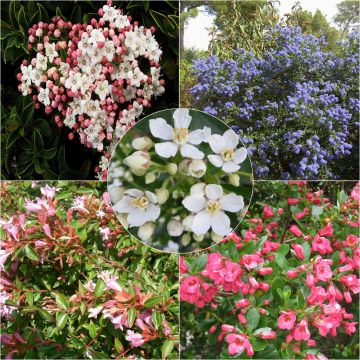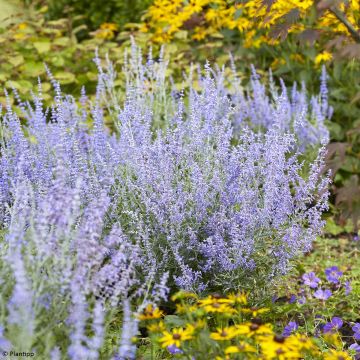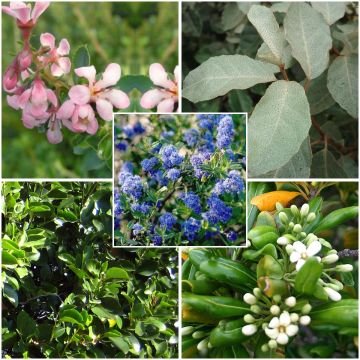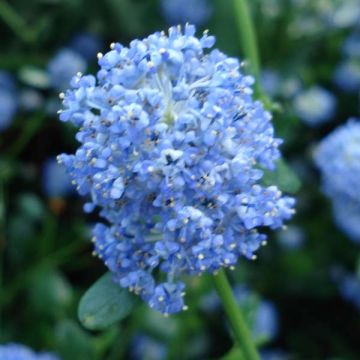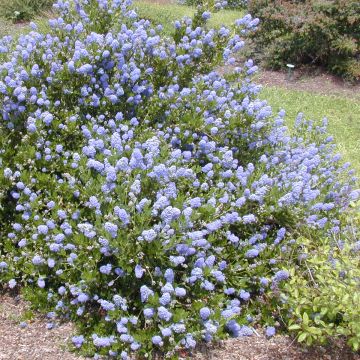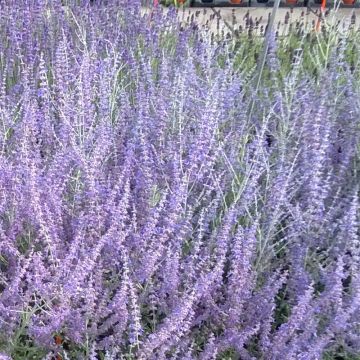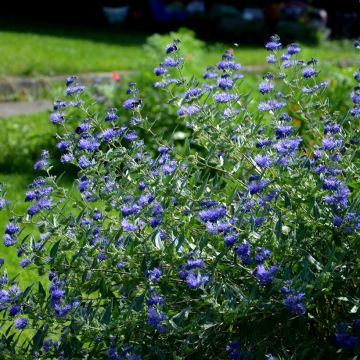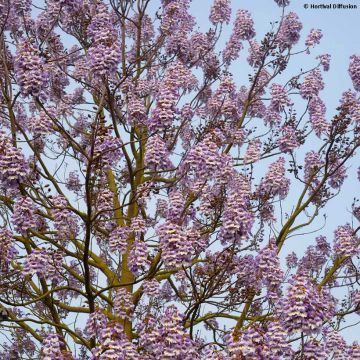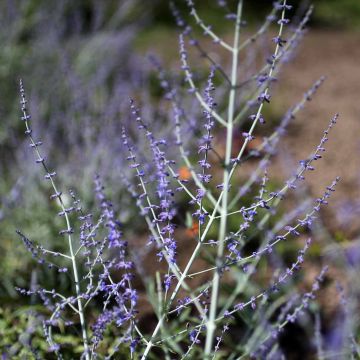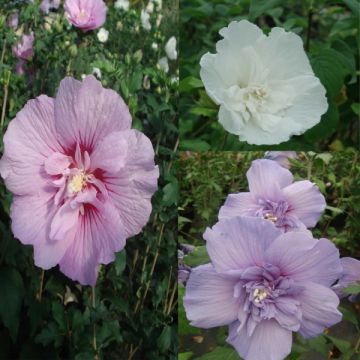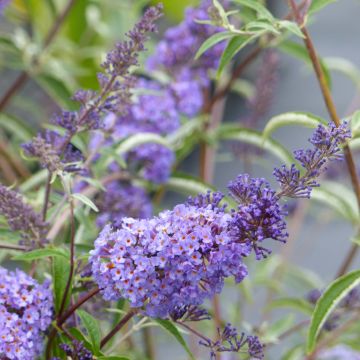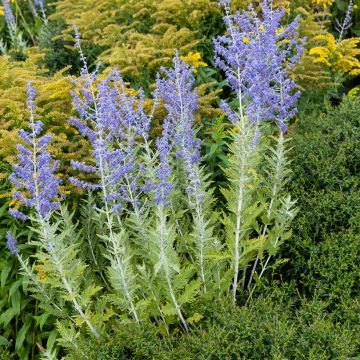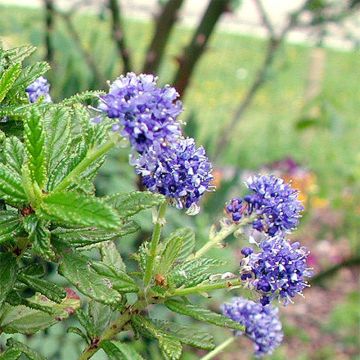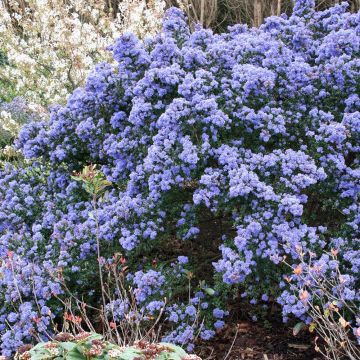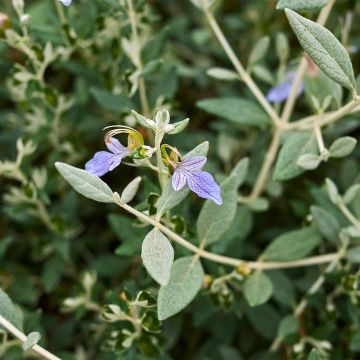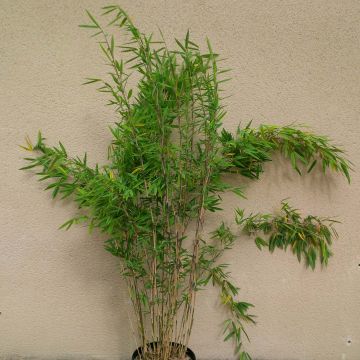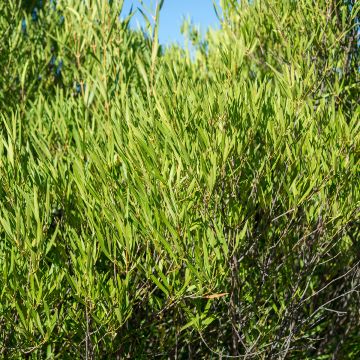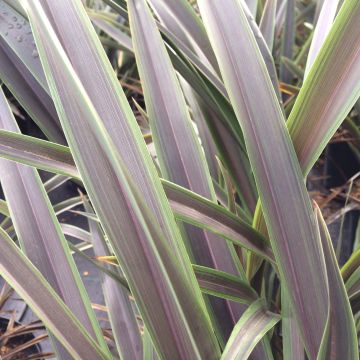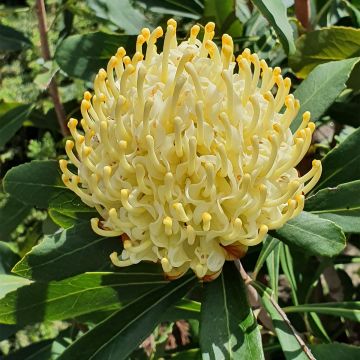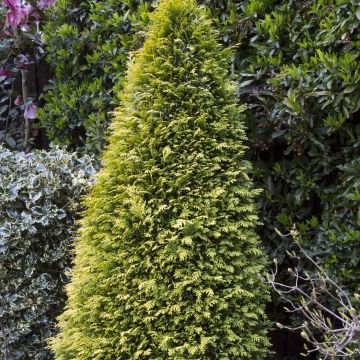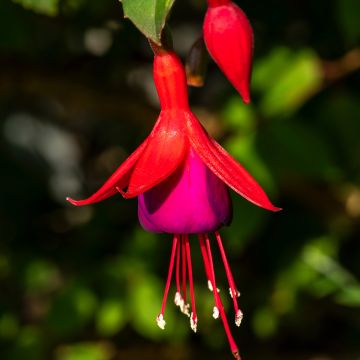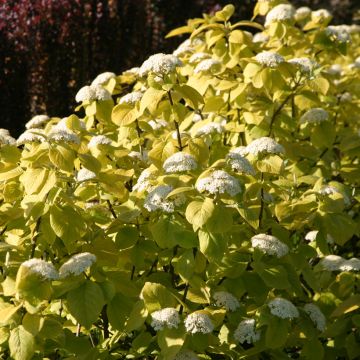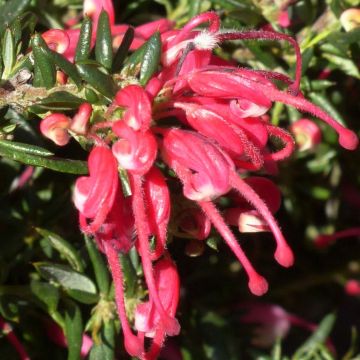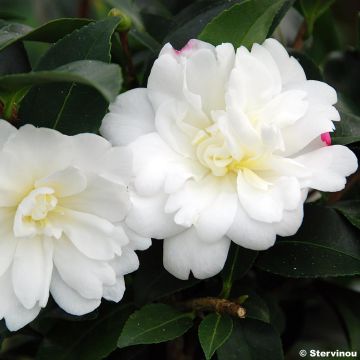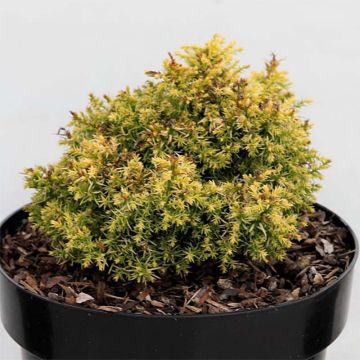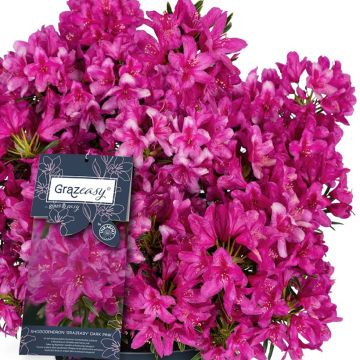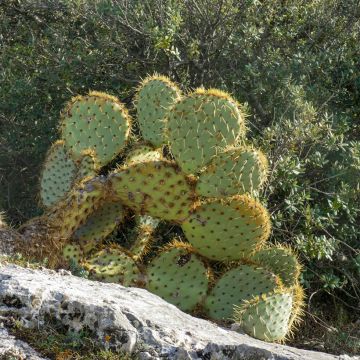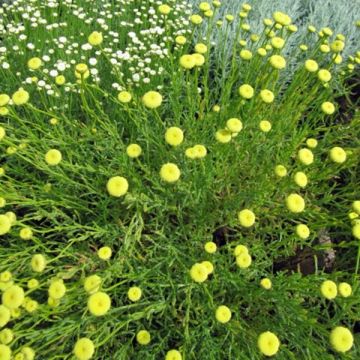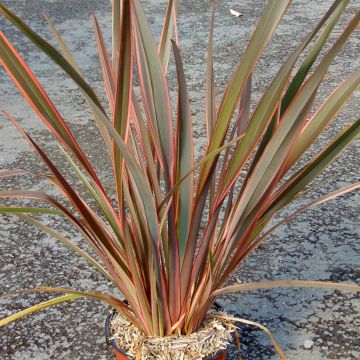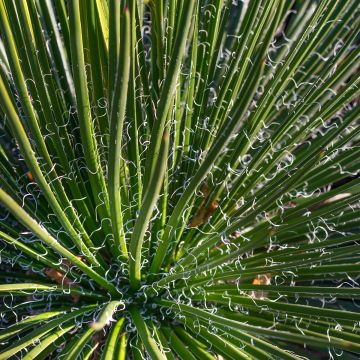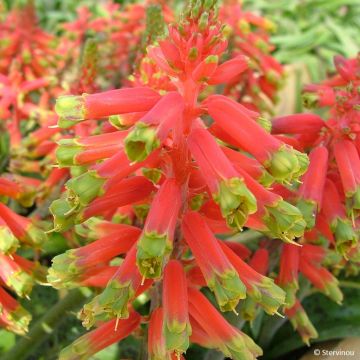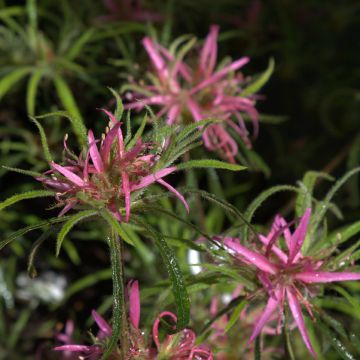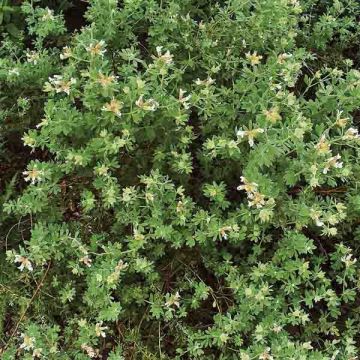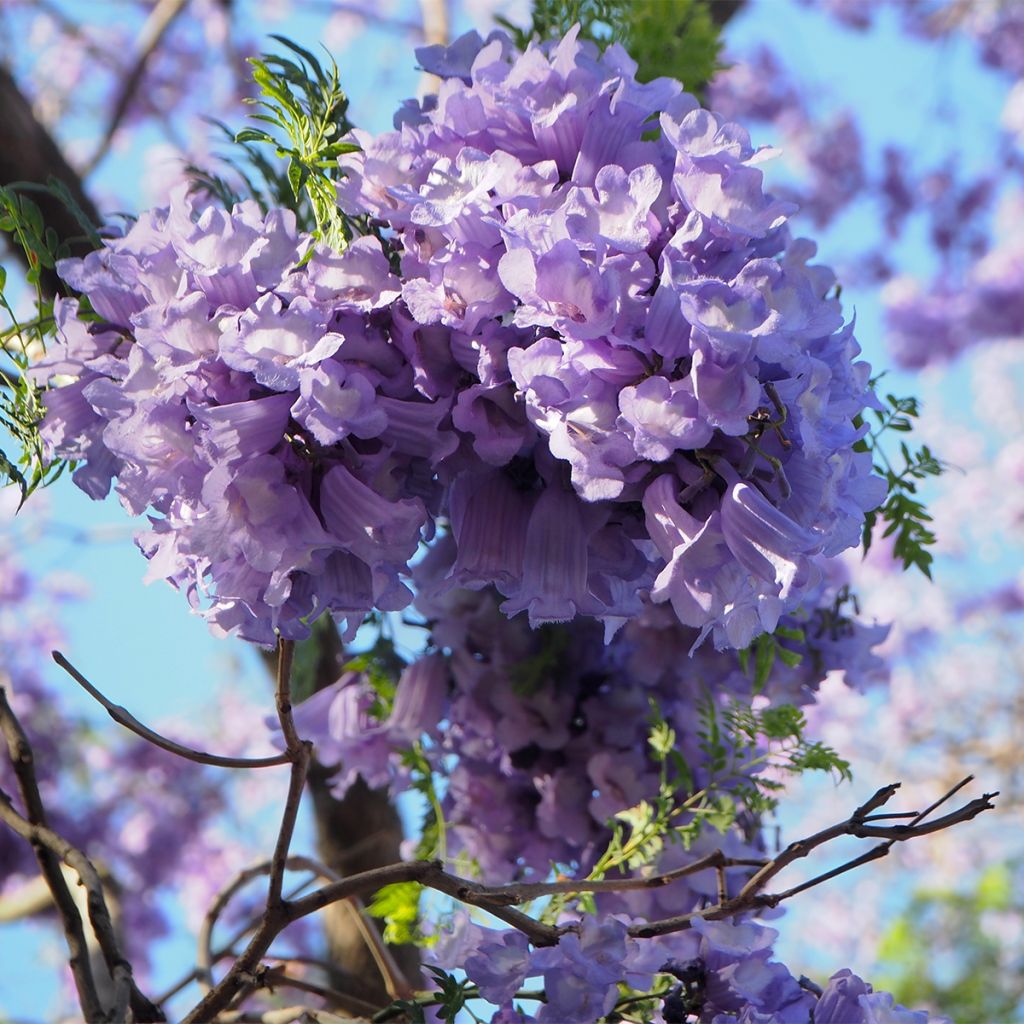

Jacaranda mimosifolia - Flamboyant bleu
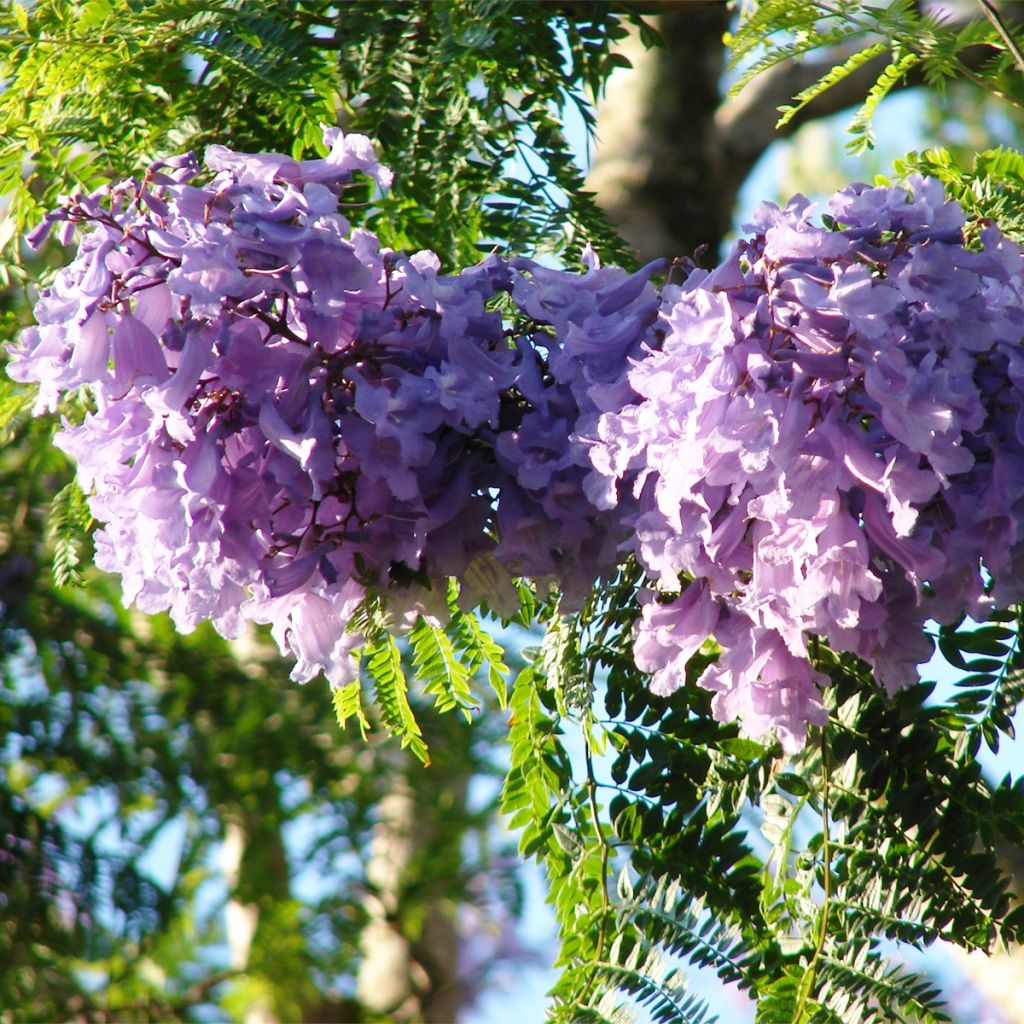

Jacaranda mimosifolia - Flamboyant bleu
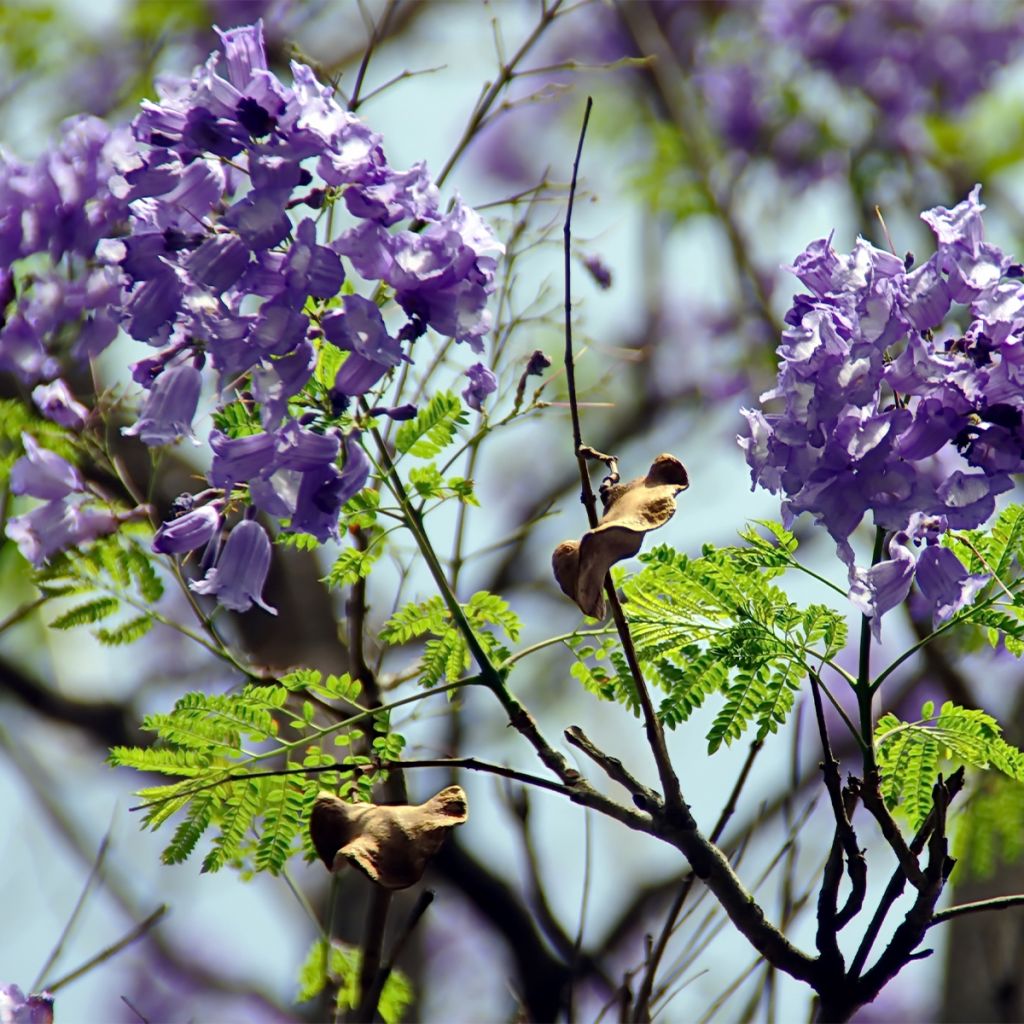

Jacaranda mimosifolia - Flamboyant bleu
Jacaranda mimosifolia
Jacaranda mimosifolia
Blue Jacaranda, Black Poui, Fern Tree, Green ebony tree, Blue Flamboyant
Hello, I am very happy with my purchase, however the delivery by DPD was not great. They said it would be delivered on the 25th, but that was completely false and it was delivered on the 26th. Other than that, I would recommend this young plant.
mika.b, 29/10/2023
Why not try an alternative variety in stock?
View all →This plant carries a 24 months recovery warranty
More information
We guarantee the quality of our plants for a full growing cycle, and will replace at our expense any plant that fails to recover under normal climatic and planting conditions.
Oversize package: home delivery by special carrier from €6.90 per order..
Express home delivery from €8.90.
Oversize package: home delivery by special carrier from €6.90 per order..
Express home delivery from €8.90.
Delivery to Corse prohibited: UE law prohibits the import of this plant from mainland France to Corse as part of the fight against Xylella fastidiosa. Please accept our sincere apologies.
More information

Does this plant fit my garden?
Set up your Plantfit profile →
Description
Jacaranda mimosifolia, or Blue Flamboyant, is a magnificent exotic tree, famous for its extraordinary lavender-blue flowering which floods the avenues of many countries with mild winters. Its feathery fern or mimosa foliage, briefly deciduous at the end of winter, is very decorative. Its flowering is enchanting, with large panicles of blue trumpet-shaped flowers. It appears first on the bare wood, at the end of winter, then again from spring until the beginning of summer, sometimes even in autumn. Apart from its lack of hardiness, Jacaranda mimosifolia is not very demanding. It tolerates most soil and is resistant to summer drought once established. A choice subject for a coastal garden. In cold climates, it can be grown in a container and overwintered in a large greenhouse. However, its flowering might be limited in these conditions.
Jacaranda mimosifolia belongs to the Bignoniaceae family. It is a cousin of campsis, catalpa and Chilopsis linearis, for example. Originating from the high dry meadows of central-south South America, this beautiful ornamental tree has been planted all along the Mediterranean coast, in Japan and Nepal, in South America and also in North America (Texas, Southern California, Mexico), in South Africa and in the Maghreb, as well as in Australia. The Blue Flamboyant is also widely planted in French Guiana, Martinique, Guadeloupe, Reunion Island, and Mayotte. Its hardiness is evaluated at - 7°C (19.4°F) at peak for an adult subject, although some American sources suggest that old subjects have resisted -12°C (10.4°F) (at the end of the night), east of Los Angeles.
In nature, the Blue Flamboyant is a fast-growing tree, with a spread-out habit, which can reach 40m (131ft) in height. In the open ground under our latitudes, it rarely exceeds 12m (39ft) in height and 8 to 10m (26 to 33ft) in width if conditions are optimal. Grown in pots, its dimensions will be much more modest. Its initially smooth grey-brown bark becomes scaly with age. The plant can form several trunks, especially if it is pruned. It is often necessary to train young trees to clear a single trunk. The light red-brown branches are thin, quite brittle, and slightly zigzag. The foliage appears in April-May and falls at the end of winter, in February-March. It consists of large compound leaves measuring up to 45cm (18in) in length. Each one is cut into very small villous leaflets about 1cm (0.4in) long. Their colour is a very bright green. Flowering appears on subjects measuring at least 2m (7ft) in height and sometimes after several years. The flower buds form in autumn or early winter, and will be destroyed as soon as temperatures hit -4°C (24.8°F). The flowers bloom for the first time en masse in March-April, on the bare branches. They are tubular in shape, opening onto 5 short rounded lobes, 5cm (2in) long, and mauve-blue in colour. They are gathered in panicles 20 to 30cm (8 to 12in) wide. This honey-rich flowering can continue until the beginning of July depending on the climate, or else reappear in September-October. It is then less spectacular on the foliage. After pollination by insects, the fruits are formed which are round and woody pods 5 to 7cm (2 to 3in) in diameter whose shape and slightly pearly colour can evoke oysters (hence the common name of oyster tree). Each pod contains numerous flattened and winged seeds.
Particularly adapted to the Mediterranean coast, some beautiful specimens of Jacaranda mimosifolia can be admired on the Var coast, in Corsica or near Perpignan for example, where the mild winters and the humid spring weather allow it to flourish. This fairy-tale tree deserves a place on its own in a large sheltered garden. Consider its size when planting; it should be planted away from walls and care should be taken that its faded flowers do not fall into the neighbour's garden, as they have a reputation for being "messy". The Blue Flamboyant works well alongside large evergreen ceanothus, mimosas, and eucalyptus. Note that its roots are harmful to those of other plants and that violent winds are extremely unfavourable to it because of its brittle wood.
Report an error about the product description
Jacaranda mimosifolia in pictures
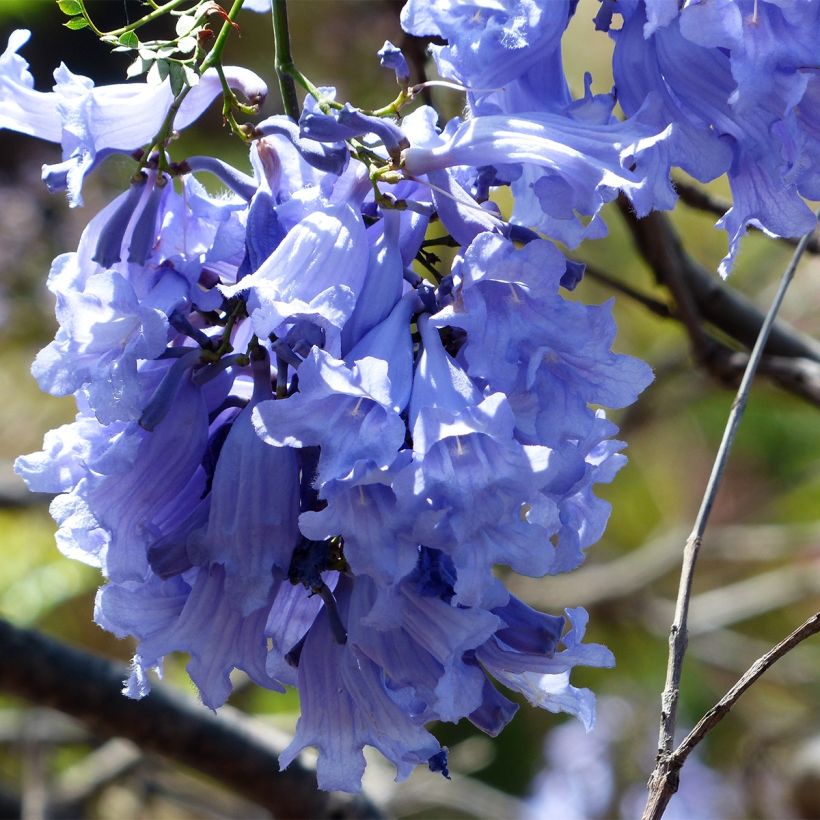

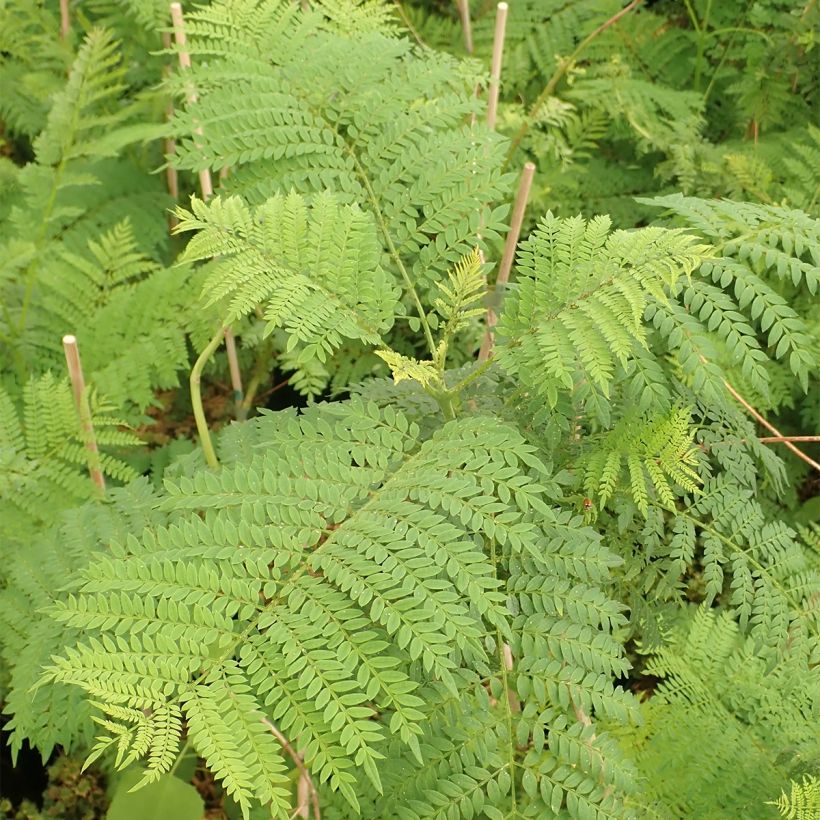

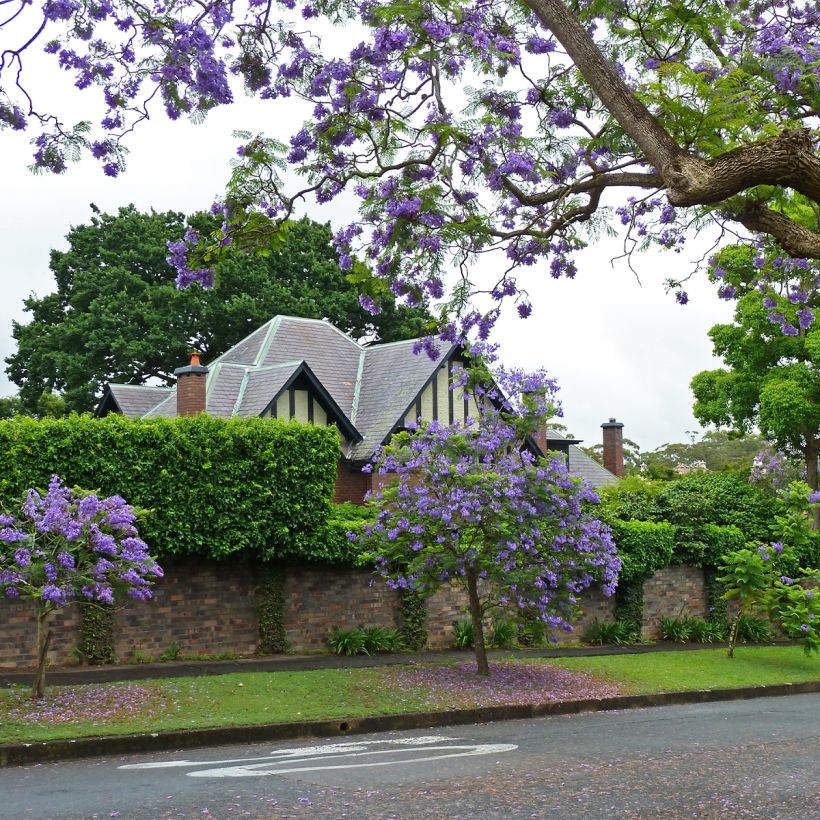

Plant habit
Flowering
Foliage
Botanical data
Jacaranda
mimosifolia
Bignoniaceae
Blue Jacaranda, Black Poui, Fern Tree, Green ebony tree, Blue Flamboyant
South America
Other Shrubs A to Z
Planting and care
Plant in spring, after the last frosts. Consider its size when planting. Plant it far from walls, at least 5m (16ft) away, and take care that its faded flowers do not fall into a neighbour's garden, as they have a reputation for being "messy". Its cultivation in open ground should be reserved for the mildest regions as it dies below -7°C (19.4°F). Young plants must be sheltered from frost in a temperate greenhouse until they form wood. It requires a very sunny exposure, as well as a flexible, deep, well-drained soil, with a slightly acidic to slightly calcareous pH. Once well rooted, it tolerates summer drought, which will however dry up its flowering. The flower buds are destroyed at -4°C (24.8°F) and they only form on subjects measuring more than 2m (7ft) in height, in autumn or early winter. Water regularly to help the plant settle. Afterwards, water from February-March until June, if necessary. A dry end of autumn and a dry winter will be favourable, allowing the wood to form and the roots to better withstand frost. Avoid pruning or you risk it producing shoots or even unsightly vertical branches that harm its natural habit. Young plants can be shaped by light pruning to clear the trunk.
In a pot, use light, well-drained, but still moist potting soil. We recommend the following mix: 60% good horticultural compost, 20% coarse river sand, 20% clay soil for its water retention capacity. The pH should be between 6.5 and 7.5. This tree fears the wind that breaks its branches: choose a place sheltered from violent, dry and cold winds.
Insects and diseases:
Mites, particularly red spiders, which colonise the foliage when the air is too dry (in a greenhouse or veranda).
Planting period
Intended location
Care
-
, onOrder confirmed
Reply from on Promesse de fleurs
Evergreen shrubs
Haven't found what you were looking for?
Hardiness is the lowest winter temperature a plant can endure without suffering serious damage or even dying. However, hardiness is affected by location (a sheltered area, such as a patio), protection (winter cover) and soil type (hardiness is improved by well-drained soil).

Photo Sharing Terms & Conditions
In order to encourage gardeners to interact and share their experiences, Promesse de fleurs offers various media enabling content to be uploaded onto its Site - in particular via the ‘Photo sharing’ module.
The User agrees to refrain from:
- Posting any content that is illegal, prejudicial, insulting, racist, inciteful to hatred, revisionist, contrary to public decency, that infringes on privacy or on the privacy rights of third parties, in particular the publicity rights of persons and goods, intellectual property rights, or the right to privacy.
- Submitting content on behalf of a third party;
- Impersonate the identity of a third party and/or publish any personal information about a third party;
In general, the User undertakes to refrain from any unethical behaviour.
All Content (in particular text, comments, files, images, photos, videos, creative works, etc.), which may be subject to property or intellectual property rights, image or other private rights, shall remain the property of the User, subject to the limited rights granted by the terms of the licence granted by Promesse de fleurs as stated below. Users are at liberty to publish or not to publish such Content on the Site, notably via the ‘Photo Sharing’ facility, and accept that this Content shall be made public and freely accessible, notably on the Internet.
Users further acknowledge, undertake to have ,and guarantee that they hold all necessary rights and permissions to publish such material on the Site, in particular with regard to the legislation in force pertaining to any privacy, property, intellectual property, image, or contractual rights, or rights of any other nature. By publishing such Content on the Site, Users acknowledge accepting full liability as publishers of the Content within the meaning of the law, and grant Promesse de fleurs, free of charge, an inclusive, worldwide licence for the said Content for the entire duration of its publication, including all reproduction, representation, up/downloading, displaying, performing, transmission, and storage rights.
Users also grant permission for their name to be linked to the Content and accept that this link may not always be made available.
By engaging in posting material, Users consent to their Content becoming automatically accessible on the Internet, in particular on other sites and/or blogs and/or web pages of the Promesse de fleurs site, including in particular social pages and the Promesse de fleurs catalogue.
Users may secure the removal of entrusted content free of charge by issuing a simple request via our contact form.
The flowering period indicated on our website applies to countries and regions located in USDA zone 8 (France, the United Kingdom, Ireland, the Netherlands, etc.)
It will vary according to where you live:
- In zones 9 to 10 (Italy, Spain, Greece, etc.), flowering will occur about 2 to 4 weeks earlier.
- In zones 6 to 7 (Germany, Poland, Slovenia, and lower mountainous regions), flowering will be delayed by 2 to 3 weeks.
- In zone 5 (Central Europe, Scandinavia), blooming will be delayed by 3 to 5 weeks.
In temperate climates, pruning of spring-flowering shrubs (forsythia, spireas, etc.) should be done just after flowering.
Pruning of summer-flowering shrubs (Indian Lilac, Perovskia, etc.) can be done in winter or spring.
In cold regions as well as with frost-sensitive plants, avoid pruning too early when severe frosts may still occur.
The planting period indicated on our website applies to countries and regions located in USDA zone 8 (France, United Kingdom, Ireland, Netherlands).
It will vary according to where you live:
- In Mediterranean zones (Marseille, Madrid, Milan, etc.), autumn and winter are the best planting periods.
- In continental zones (Strasbourg, Munich, Vienna, etc.), delay planting by 2 to 3 weeks in spring and bring it forward by 2 to 4 weeks in autumn.
- In mountainous regions (the Alps, Pyrenees, Carpathians, etc.), it is best to plant in late spring (May-June) or late summer (August-September).
The harvesting period indicated on our website applies to countries and regions in USDA zone 8 (France, England, Ireland, the Netherlands).
In colder areas (Scandinavia, Poland, Austria...) fruit and vegetable harvests are likely to be delayed by 3-4 weeks.
In warmer areas (Italy, Spain, Greece, etc.), harvesting will probably take place earlier, depending on weather conditions.
The sowing periods indicated on our website apply to countries and regions within USDA Zone 8 (France, UK, Ireland, Netherlands).
In colder areas (Scandinavia, Poland, Austria...), delay any outdoor sowing by 3-4 weeks, or sow under glass.
In warmer climes (Italy, Spain, Greece, etc.), bring outdoor sowing forward by a few weeks.

































